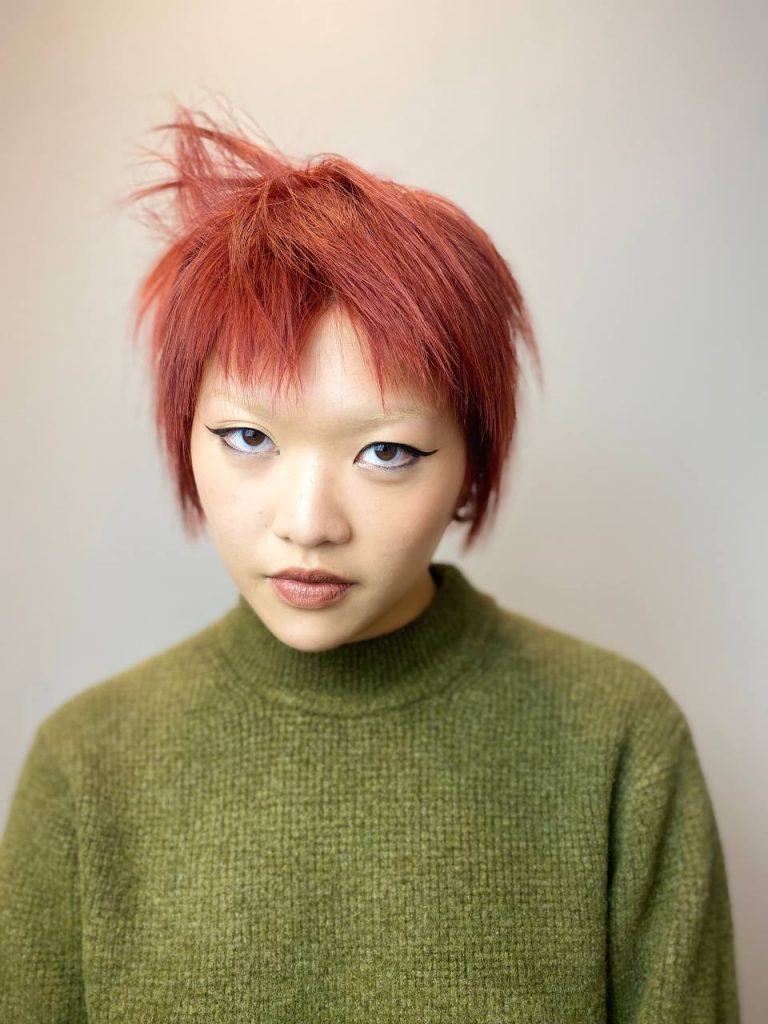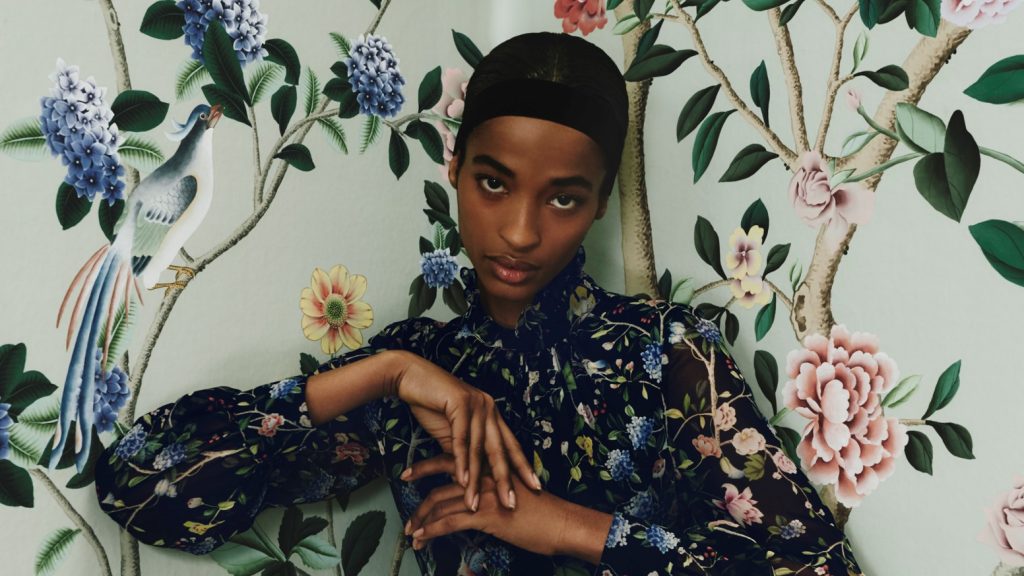
There’s a common belief that you should frequently change your shampoo and conditioner to feel the benefits to your hair. But is this really the case?
There’s no proof to the myth that your hair builds up ‘resistance’ to certain products over time. However, if you were to use one shampoo and conditioner over the space of a year, there would be months when your hair would feel nourished and healthy, interchanged with times when it may feel dry and dull. So if it’s not the shampoo and conditioner themselves causing a change in your hair, what is the culprit?
There are absolutely loads of factors that can affect your hair and its condition. We’ve gathered together some of the most common ones:
Environmental
It’s easy to blame the seasons for the change in your hair, but it’s actually a lot more complicated. Weather can play a huge part in determining how your hair reacts to products. For instance, in the summer you may find hair becomes dry and brittle from exposure to the sun. But equally your hair can suffer the same dryness from central heating in the winter. Environmental factors also include things like pollution, sand and chlorine. If you swim regularly, regardless of the time of year, you may find your colour is prone to fading, and hair can be dry and hard to detangle. Pollution can cause hair to become lank and greasy quicker. By pin-pointing the specific environmental factors that affect your hair, and how these change throughout the year, you can then start to build a product regime to keep your hair in its best condition.
Chemical
This covers any colouring or texturising service you may use on your hair. Hair colour, especially bleach, can completely change the feel and condition of your hair. Whereas some colours can nourish hair leaving it soft and silky, other colours can cause the hair shaft to swell, leaving hair feeling thicker but drier than before. Ask your hairdresser what effect the colour being used will have on your hair, then choose products accordingly that can target this.
Age
As you grow older it isn’t just your hair colour that can change, but also your hair texture. Some people may find their hair becomes coarse, dull and unmanageable, whereas others may suffer from hair thinning and softening. Look for age specific products that contain ingredients designed to target these problems.
The key to a successful haircare regime is to always stay attuned to your hair’s condition, and be prepared to mix up your products depending on your it’s current needs. For example if your hair is coloured and dry but limp, there is nothing wrong with using a colour-protect shampoo followed by a nourishing shampoo and a thickening spray to build more volume at the roots. Once hair is back in better condition you could then look to start using more volume products – let your hair tell you what it needs!
So in answer to the question ‘should I regularly change my shampoo and conditioner?’ the answer is:
Change your shampoo and conditioner when your hair tells you to. Don’t just reassess the products you’re using at the end of each bottle. Consider investing in maybe 2 or 3 different shampoos and conditioners, then pick and choose which one you use based on how your hair feels.








